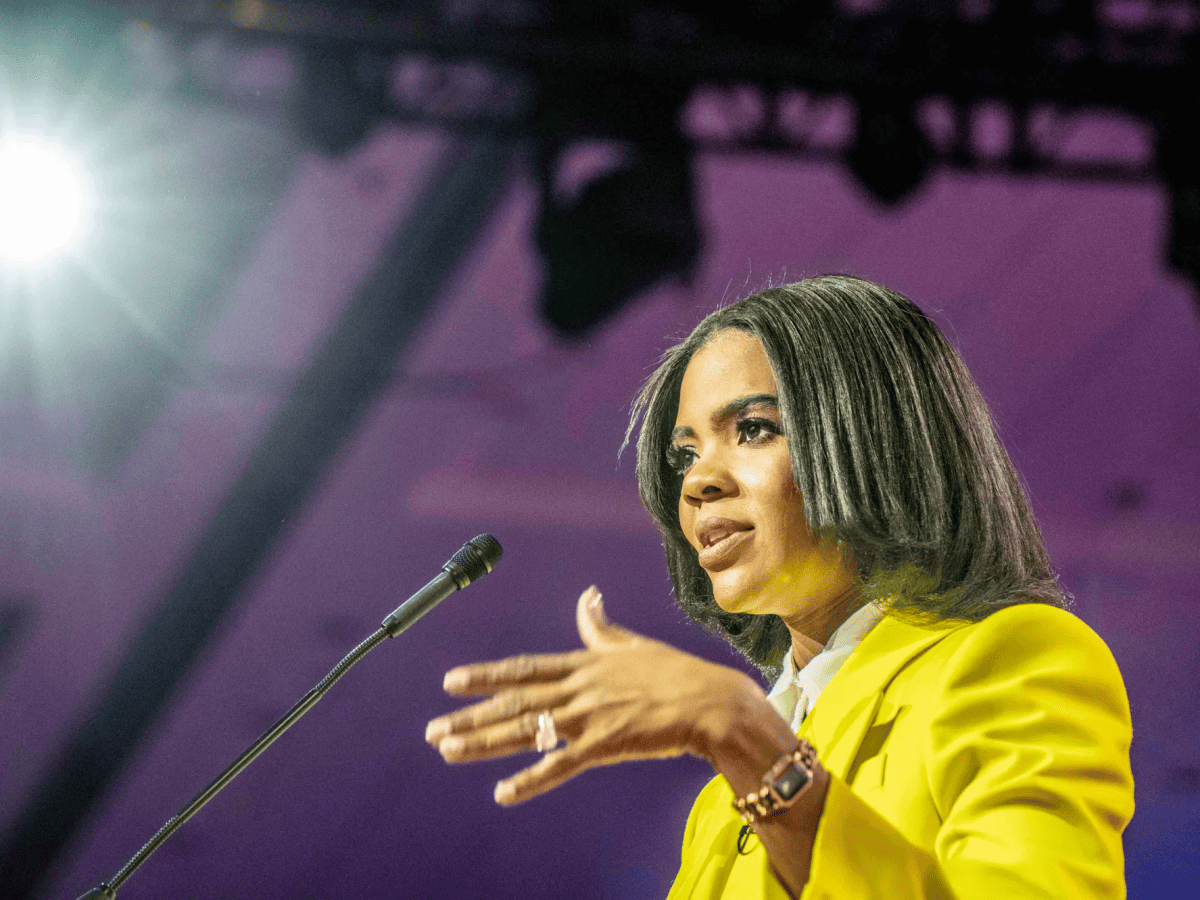Forty-eight summers ago, an Alabama governor made national headlines by standing in the door of Foster Auditorium, blocking two black students from entry. That governor, George Wallace, eventually moved at the behest of National Guard soldiers, and Vivian Malone Jones and James Hood became students at the University of Alabama.
Yet, nearly five decades after integration, several doors on our campus remain closed to all but a few minority students. As we begin a new school year, the opportunities we are given and the experiences we will share are likely to vary greatly based on our race and background. This has produced glaring racial disparities in some of the University’s most prestigious programs.
For instance, take the University Fellows, a program that is intended to “prepare the most able and dedicated students at The University of Alabama for remarkable lives of leadership.” Last year there were only two black Fellows – out of a total enrollment of 98. There were also five Asian students and one Hispanic student. Ninety of our “most able and dedicated students” were white.
In the 154-student Computer Based Honors Program (CBHP), 139 were white. Five were African American, six were Asian, three were Hispanic, and one was Native American. So, in diversity at least, CBH outperforms Fellows, but not by much.
The composition of the Honors College student population as a whole closely resembled that of the entire UA student body, with one exception. Four percent of Honors College students are black, but that demographic makes up 12 percent of all UA students.
Of the 25 members in this year’s Capstone Men and Women class, 24 are white. The selective group gives tours and serves as ambassadors for the University, but the obvious lack of diversity in the program symbolizes the racial inequality on campus. That inhibits our ability to attract a diverse group of outstanding recruits. High-achieving minority applicants aren’t as likely to choose a university that presents an almost solidly white face to visiting high school students.
The University Stewards, another group that works to lure high school recruits, is also racially off-balance. Of the 40 Stewards, three are black and 37 are white.
This all goes without mentioning the University’s failure to address persisting social divisions that exist across campus.
There are a few bright spots. The Blackburn Institute, a leadership network that focuses on issues important to the state and nation, counts diversity as one of its strengths. Of the 27 new Blackburn Fellows selected in the spring, five are African American. That isn’t all that surprising, as Dr. John L. Blackburn – the former dean of students for whom the institute is named – played a critical role in the peaceful integration of the University in 1963.
The Avanti Team, which guides students through orientation, is actually more diverse than the campus at large. Of 50 Avanti Team members this year, only 30 are white. The other 40 percent all come from minority groups.
Going forward, there is reason for hope. Honors College dean Shane Sharpe and associate dean Jacqueline Morgan are progressive, fair-minded administrators. If any university officials can be expected to push for more equal representation in Honors College programs, they can. Too often, though, even the most well-intentioned administrators are pitted against a toxic culture and mindset to progress.
We don’t need affirmative action at Alabama. We just need a concentrated effort to reach out to students who have traditionally been ignored, recruit applicants from areas we currently avoid and possibly reconsider some criteria that have a discriminatory impact on certain groups. Our goal must be equal opportunity for all students, so that everyone has a fair shot at taking part in the extraordinary experiences the Capstone offers.
We integrated as a whole, but remain divided from within. If we can overcome those false divides, we can build a stronger campus. Everyone benefits from interacting with people from different backgrounds or with different opinions, and we often discover we aren’t all that different.
For now, we may have opened the schoolhouse door, but we have locked a lot of students in the hallway.
Tray Smith is the opinions editor of The Crimson White. His column runs on Thursday. Follow him on Twitter: @ralphlesliesmith.
Sharing this on Twitter? Add the hashtag #uadiversity to tweets with your thoughts on this column.






